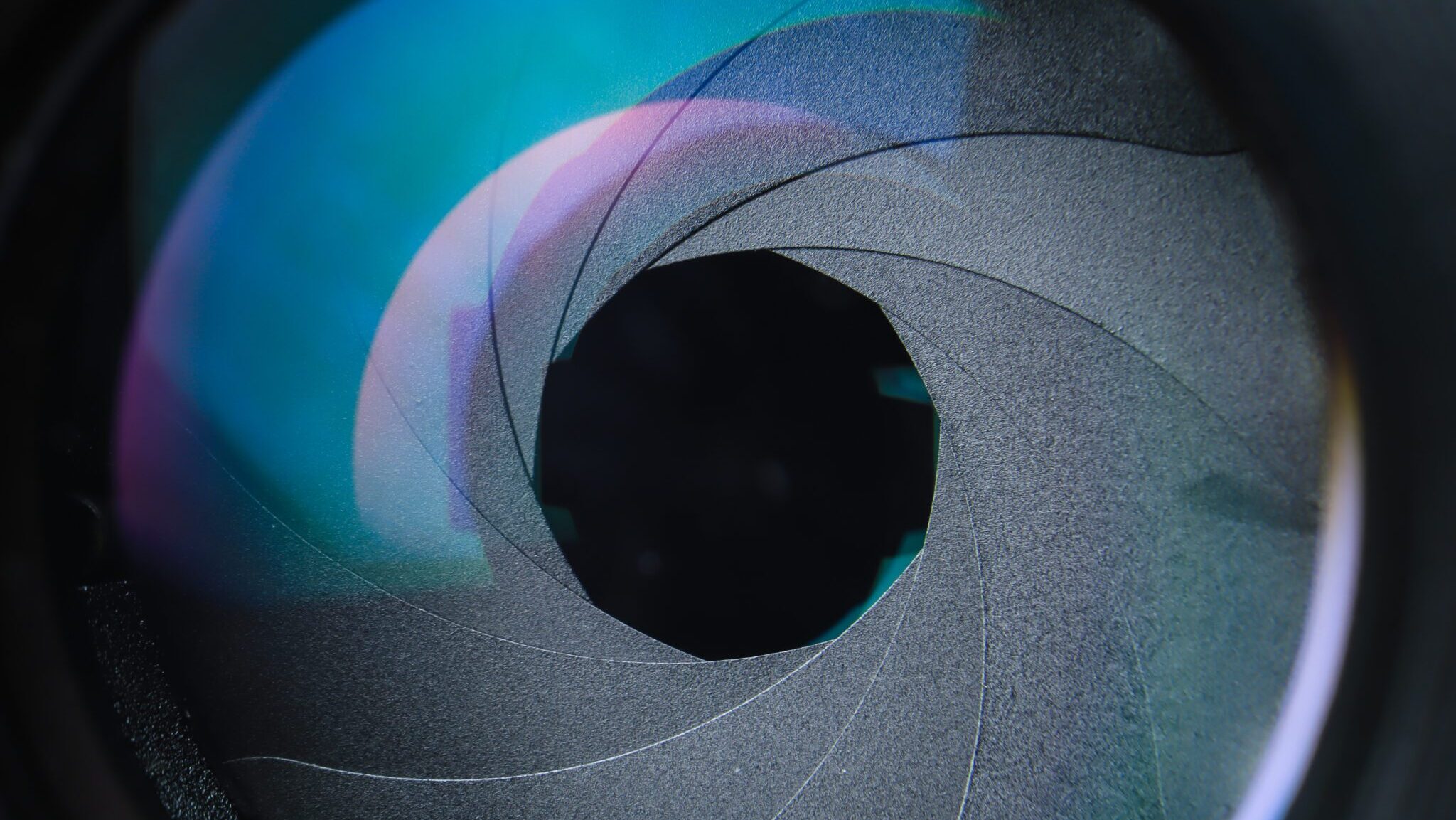An Introduction to Understanding Standard Essential Patents

To say that the modern technological landscape is complex is an understatement. With so much interconnectivity needed for digital technologies to work, innovators are navigating new challenges when it comes to managing their intellectual property. In this article, we dive into the world of standard essential patents (SEPs), and provide some basic information on what they are, common challenges and how IP analytics are now helping IP departments gain more insights into their value.
What are Standard Essential Patents (SEPs)?
At its core, technological standardization aims to disseminate critical information, set rules and guidelines, and provide access to creators. This approach contrasts with a core tenant of patents, which grants the rights holder a temporary monopoly on the technology.
But a laptop computer will not be commercially viable if it does not have USB ports or wireless network access–elements that rely on thousands of patented technologies to work. So how is the market addressing this limitation while considering today’s hyper-connectivity, and the speed at which technology is advancing? The answer is SEPs.
A standards body evaluates all relevant patents, and if they are deemed to be essential, the company that developed the patent must therefore commit to license these patents to any implementer. And, to prevent a patent holder from demanding monopoly prices, licensing is subject to FRAND (fair, reasonable, and non-discriminatory) conditions, which cap the royalty at an affordable rate.
SEPs enable innovative solutions to come together on a common platform. Inventors worldwide can adapt standardized technologies like 2G (GSM), 3G (UMTS), 4G (LTE), 5G and WiFi networks. SEPs ensure that these patents are shared and hence makes it easier for a more democratic supply of technology that goes into such devices.
Challenges when dealing with Standard Essential Patents
Understanding the overall SEP landscape is critical for smooth connectivity, standard adoption, profitability, and protecting the capacity to sell new products and services with enough access to third-party patent rights. Decision makers often fail to understand the overall SEP landscape, and there is also a lack of a public database containing verified SEPs. This gives rise to situations where too often, SEP owners approach SEP licensees with a portfolio of alleged SEPs even without providing claim charts.
While licensing SEPs in the telecom industry is well understood, and 5G licensing negotiations with smartphone manufacturers will be comparable to those of 3G or 4G, licensing SEPs will be more difficult to navigate outside the smartphone industry. Moreover, each sector will apply connectivity differently, so licensing mechanisms will need to become more flexible as a ‘one-size-fits-all’ model will not work across different industry verticals.
Think of it this way, the application of 4G and 5G in vehicles will differ significantly from a smartphone, tablet or smartwatch implementation. Thus, a uniform licensing model will not work across all these use cases. Instead, the SEP royalties for each of these (i.e., smart home, smart factory, smart energy and smart vehicles) will likely need to be lower than those for smartphones.
Many industry experts find it difficult to predict how standards will be applied in different use cases. A car manufacturer will only implement connectivity standards if the enabled features add value and the infrastructure supports standardized technologies.
While some are experts in standards development, worldwide SEP licensing, and royalty negotiation, other sectors, such as automotive, consumer electronics, industrial manufacturing, energy, etc., have very little knowledge about handling and licensing third-party SEPs. IP professionals in these sectors will need to gain a better understanding of the SEP landscape, as they will need to implement patented standards and will, thus, have to pay royalties at some point.

New Report
Who Is Leading the VVC Patent Race?
The VVC codec patent landscape is complex, with multiple patent pools and varying rules across jurisdictions. This report provides strategic insights into competitor portfolios, helping companies make informed IP decisions and stay competitive in the high-resolution video market.
How to leverage SEPs to boost your company’s innovative capabilities?
IPlytics is the first solution on the market to bring together comprehensive, highly indexed technical standards information, to provide industry-leading analysis on the past, present and future of standards-essential technology. Our curated database includes declared SEPs, patent pools, global patents and standards contribution data. Additionally, our web-based solution facilitates fast, intuitive access to patents and standards, thus, empowering you to strategically align patent portfolios to protect innovations and proactively engage in continuous strategic portfolio development related to SEP assets.
Insights from such SEP analyses will prove extremely useful for initiatives such as licensing, acquisitions and joining patent pools or when understanding the respective positions of your competition. The next technology revolution will connect everything making it even more challenging to define how technologies and IP rights overlap. IP professionals need to rethink how to approach both patent and standards data to provide business-ready insights for actionable decision making across the organization. With alert notifications for technology areas of interest, the ability to automate result summaries and to export data tables and visualizations in multiple formats, you can be better prepared to take on the next challenge dealing with SEPs.

Need to Navigate the World of Standard Essential Patents and Standards’ Contributions?
Leverage transparent and accessible data for SEPs, Technical standards, and contribution data analysis to ensure the success of your patent portfolio with LexisNexis® IPlytics.
